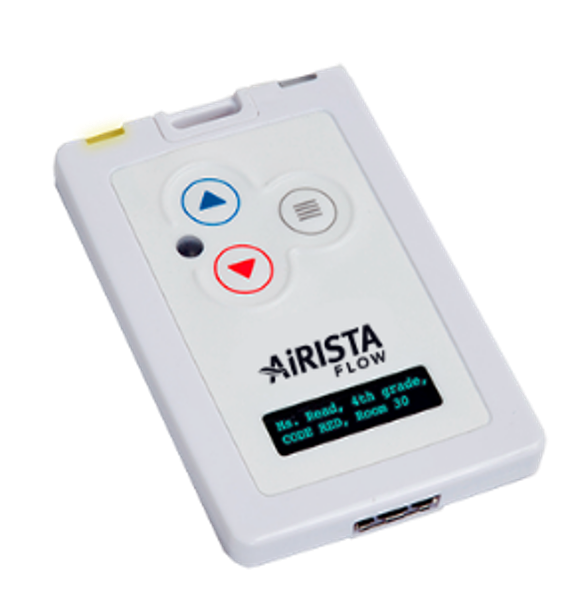Act Now: Combating Workplace Violence in Healthcare
Understanding the alarming statistics on violence against healthcare workers is crucial. This article provides actionable steps to help employers combat this growing issue.
Violence in Healthcare Settings
National Nurses United: “Violence in our hospitals and clinics has reached epidemic levels,” said NNU President Deborah Burger, RN. “Nurses have been punched, kicked, bitten, and choked or threatened with extreme violence. Tragically, some nurses have even lost their lives after being attacked on the job.”
AIHA, the American Industrial Hygiene Association: “Workplace violence remains a leading cause of traumatic injury and death in the United States, particularly in health care and social service settings. This issue not only affects workplaces but also leaves lasting scars on families and communities.”
ANA: “Acts of violence against nurses and health care professionals must not be tolerated under any circumstances. And employers have an obligation to ensure the safety of their employees. This includes health care institutions which are becoming increasingly violent, dangerous places to work for nurses and other health care professionals. Sadly, many do not even feel safe to report their experiences.”
But you can help. The Workplace Violence Prevention for Health Care and Social Service Workers Act has been introduced in Congress. U.S. Senator Tammy Baldwin (D-WI) and Representative Joe Courtney (D-CT-02) introduced bipartisan, bicameral legislation to protect health care and social service employees from workplace violence. But to push it through committee requires voices from the healthcare community. Please complete this automated form which is sent to your representatives. It takes less than 30 seconds!
You can also act locally. Ask your Security department about their policies and measures to prevent workplace violence. Through a workplace violence prevention plan, an employer would:
- Develop processes to identify and respond to risks and hazards that make settings vulnerable to violence.
- Implement protocols to document and investigate violence.
- Create an environment that supports employees who report incidents of violence, including non-retaliation policies.
- Ensure that employees are appropriately trained in identifying and addressing hazards and their rights regarding workplace violence.
Workplace violence experienced by nurses has been associated with decreased productivity and increased employee turnover. (1) And workplace violence impacts the quality of patient care. “The violence experienced by health care staff is associated with lower patient ratings of the quality of care. The study indicates that violence is not merely an occupational health issue but may have significant implications for the quality of care provided.” (2)
AiRISTA’s Commitment to Healthcare Worker Safety

As a supporter of the bill, AiRISTA has demonstrated a commitment to safety in healthcare environments for over 10 years. We have worked with state officials to provide an emergency response system for some of the most challenging environments. Click here for a copy of the California OSHA “Workplace Violence Prevention in Healthcare” worksheet.
Having earned the position as the world’s #1 two-way communicating staff safety tag, our solution also acts a visible deterrent using LEDs, buttons, buzzers and text display. A 2017 study found that rates of violent incidents were 60 percent lower in hospital units with unit specific, comprehensive intervention plans compared to units that did not have such plans. (3)

- Sofield L, Salmond SW. Workplace violence: a focus on verbal abuse and intent to leave the organization. Orthop Nurs. 2003;22:274–283.
- Arnetz JE, Arnetz BB. Violence towards health care staff and possible effects on the quality of patient care. Soc Sci Med. 2001;52:417–427.
- Arnetz, J. et al. Preventing Patient-to-Worker Violence in Hospitals: Outcome of a Randomized Controlled Intervention.




